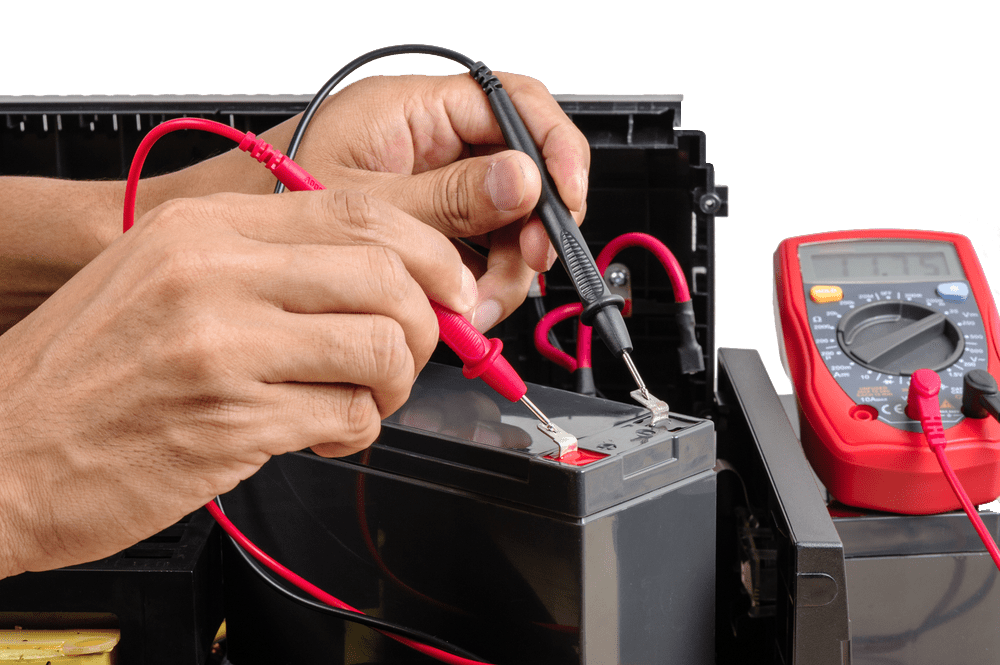- 15 Feb 2024
How many volts does it take to start a SUV?

Starting an SUV is an impressive mechanical feat that involves a symphony of electrical components working harmoniously. The pivotal player in this orchestration is the voltage supplied to initiate the ignition process. Understanding volts to start an SUV is not merely about numeric values; it’s about comprehending the intricacies that spark this mammoth machine into action.
Unveiling the Voltage Requirements
The Core Voltage Need
An SUV’s starting system typically requires a surge of power between 12 to 14 volts to activate the engine. This range is pivotal as it ensures the smooth initiation of the ignition sequence. Any deviation can cause sluggish starts or, in severe cases, render the vehicle inactive.
Factors Influencing Voltage Needs
The voltage required for starting an SUV isn’t solely contingent upon the vehicle model. Various elements influence this requirement, including the engine type, battery condition, temperature, and the electrical load when starting.

Navigating the Terrain: Understanding the Nexus
Battery Health & Voltage
A robust, well-maintained battery is the lifeline of starting an SUV. It acts as the primary reservoir of electrical energy, delivering the necessary voltage to fire up the engine. A healthy battery within its prime operating condition is pivotal for meeting the required voltage.
Engine Type and Voltage Demand
Different engine types demand varying levels of voltage to kickstart. While a standard gasoline engine might require a specific voltage range, a diesel engine could demand a higher surge to ignite successfully.
Temperature Impact on Voltage Needs
Temperature fluctuations have a significant say in the voltage requirements. Cold weather impedes the flow of electricity from the battery, demanding a higher voltage to counter this resistance. Conversely, warmer climates might ease this demand.
Optimal Voltage: The Imperative Quest
Ensuring Voltage Sufficiency
Maintaining the optimal voltage range isn’t just a luxury; it’s a necessity for an SUV’s smooth ignition. Regular battery checks, ensuring a clean and secure electrical connection, and timely replacements can safeguard against voltage deficiencies.
Diagnosing Voltage Inadequacies
Symptoms of inadequate voltage are evident through slow cranking or a clicking noise during ignition attempts. Ignoring these warning signs might lead to prolonged starting times or complete failure to start.
Conclusion: Powering the Journey Ahead
Understanding the volts to start an SUV is a pivotal step towards ensuring a seamless driving experience. It’s not merely about the numeric value but rather comprehending the dynamic interplay of components that enable this mechanical symphony.











